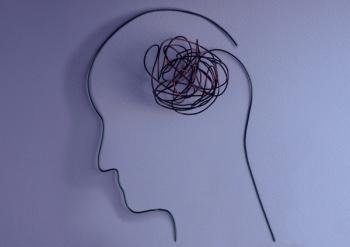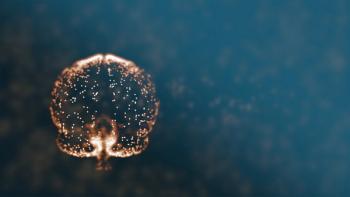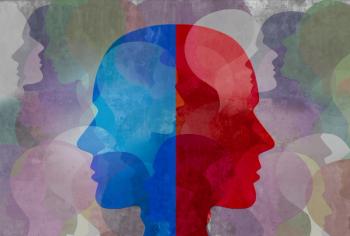
|Slideshows|April 4, 2019
What’s Up in Depression: A Research Recap
Author(s)Leo Robert
These concise summaries highlight the latest findings and potential remedies.
Advertisement
Newsletter
Receive trusted psychiatric news, expert analysis, and clinical insights — subscribe today to support your practice and your patients.
Advertisement
Latest CME
Advertisement
Advertisement
Trending on Psychiatric Times
1
This Year In Major Depressive Disorder
2
Phase 2 Proof-Of-Concept Study Evaluating BHV-7000 for Major Depressive Disorder Fails to Meet Primary Endpoint
3
Fast Track Designation Granted: ML-007C-MA for Alzheimer Disease Psychosis
4
New Year Symbols and Their Psychological Meaning
5

















